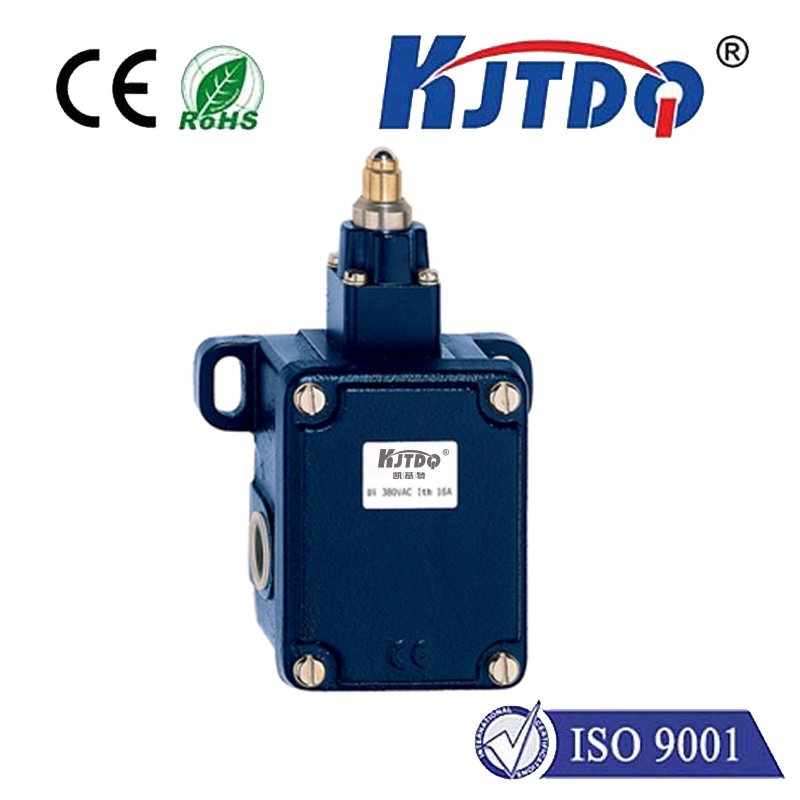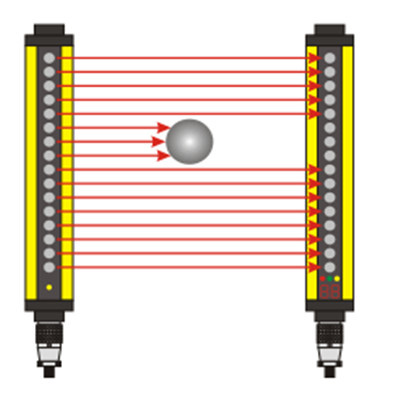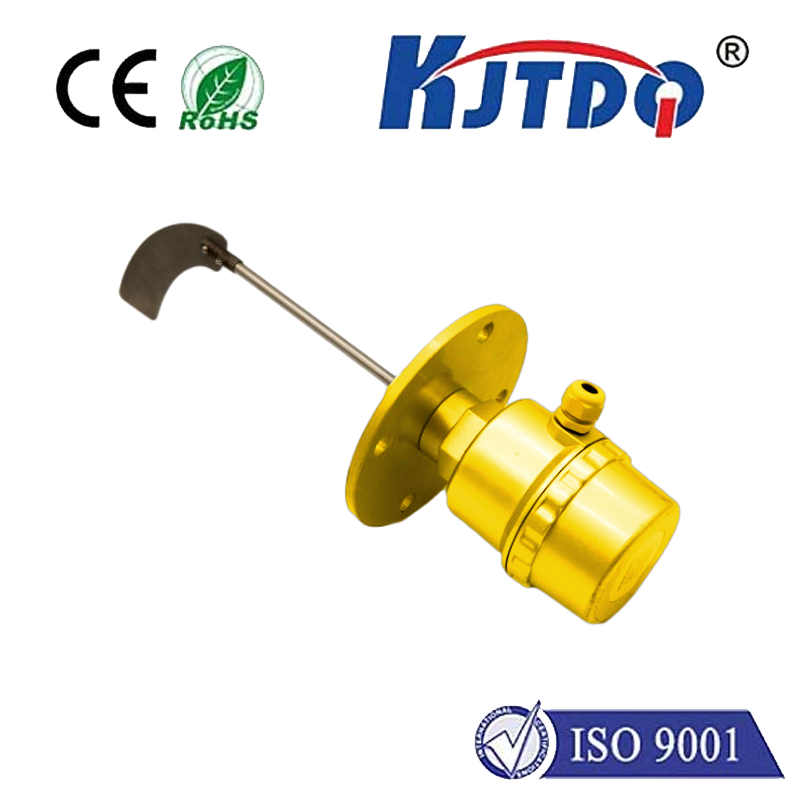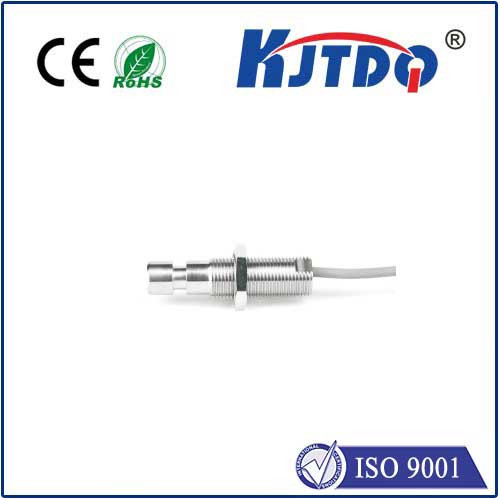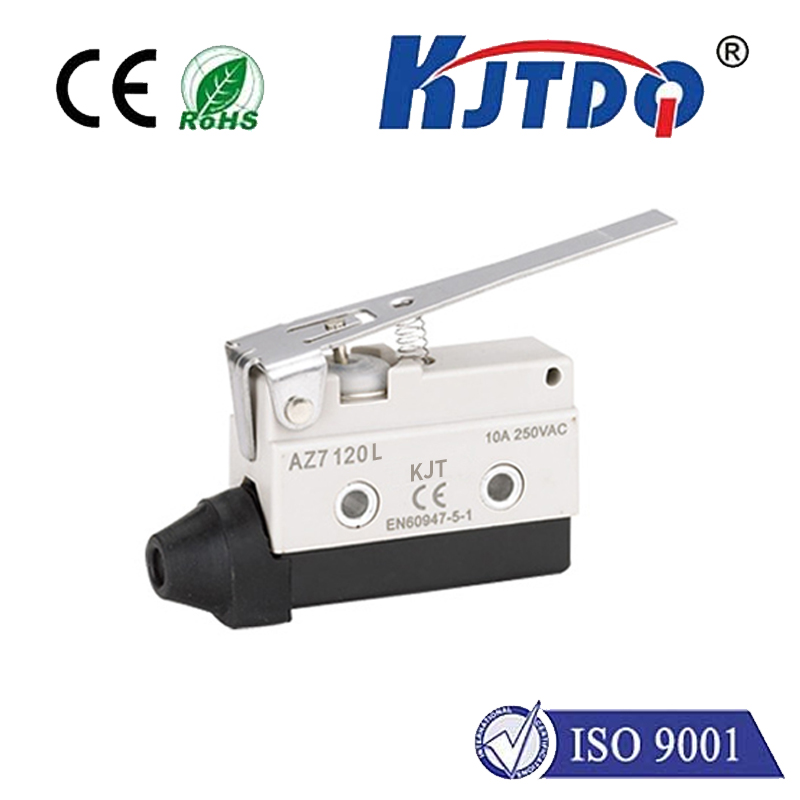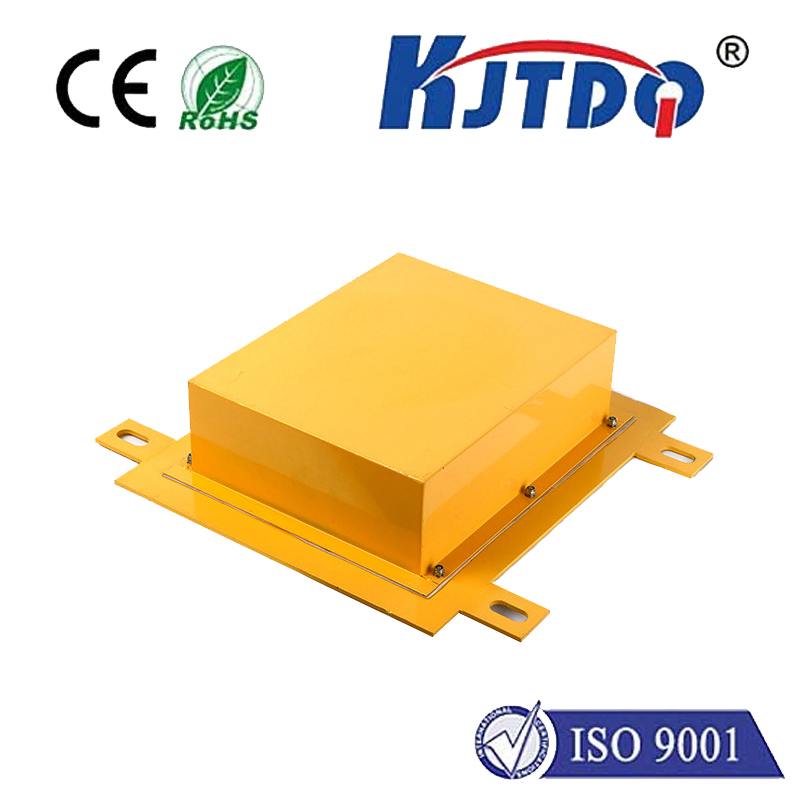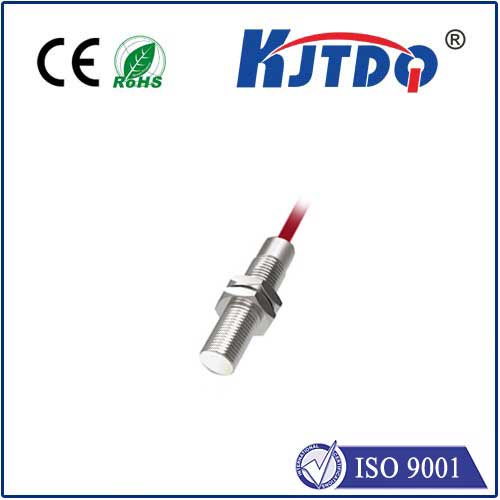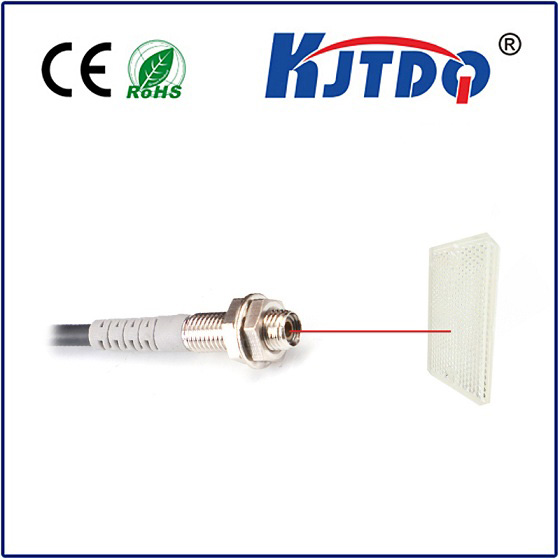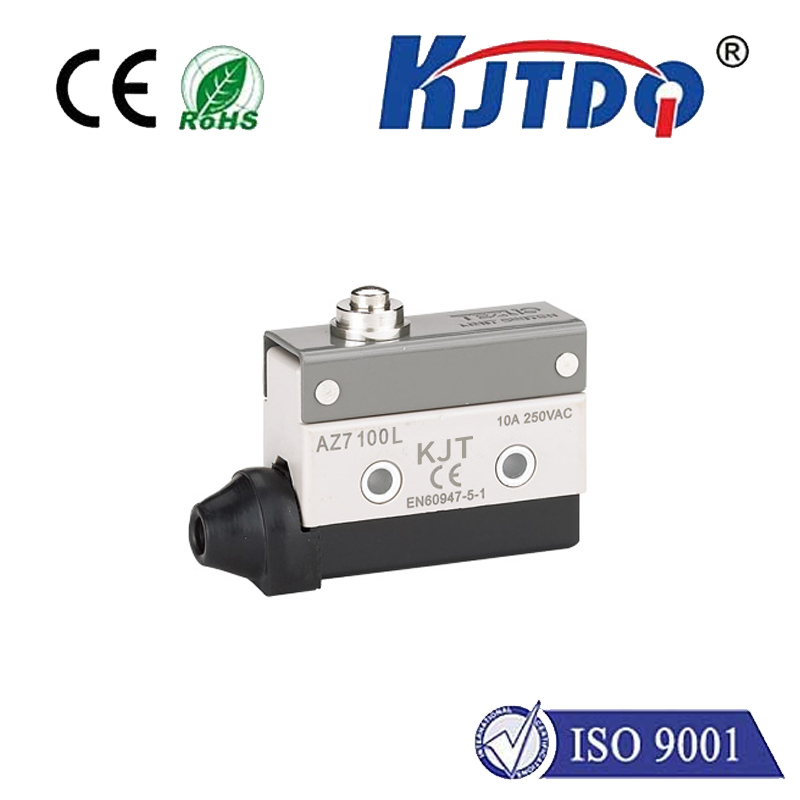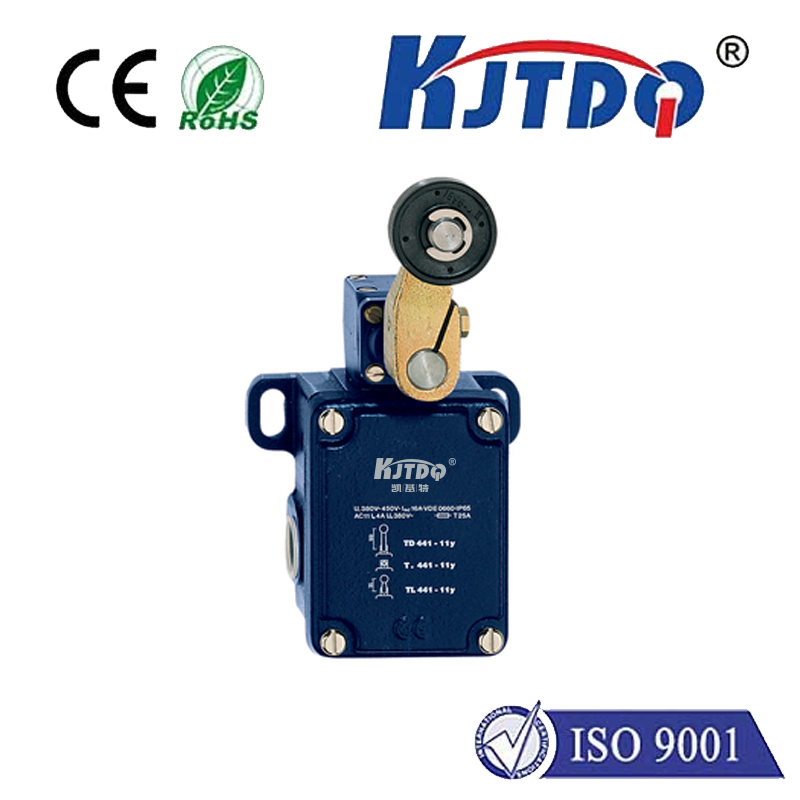E3ZM-CR61 2M analog photoelectric sensor
- time:2025-10-10 01:27:25
- Click:0
The E3ZM-CR61 2M Analog Photoelectric Sensor: Beyond Binary in Industrial Automation
In the relentless pursuit of peak efficiency and consistent quality on the modern factory floor, relying solely on simple on/off detection often falls short. Complex processes demand nuanced feedback – not just if an object is present, but precisely where it is, how much of it exists, or monitoring variations in its properties. This is where analog photoelectric sensors, like the Omron E3ZM-CR61 2M, step out of the shadows, offering the critical continuous measurement capability that unlocks a new level of process control and optimization.
Moving Past the Simple Switch: Understanding Analog Photoelectric Sensors
Traditional digital photoelectric sensors act like ultra-reliable switches. They provide a definitive “object present” or “object absent” signal (often translating to a simple on/off voltage output). This is perfect for counting, basic presence detection, or triggering events. Analog photoelectric sensors, however, operate on a different principle. Instead of a binary output, they generate a continuous signal – typically a varying voltage or current (e.g., 0-10V, 1-5V, 4-20mA) – that proportionally corresponds to the amount of light received back at the sensor.
This received light intensity is directly influenced by:

- The position of the target relative to the sensor’s beam (e.g., is it partially blocking the beam? Is it moving closer or farther away?).
- The size of the target (a larger object blocks more light).
- The reflectivity or surface characteristics of the target (dark, matte surfaces reflect less light than bright, shiny ones).
- Translucency levels (for detecting fill levels in transparent containers or verifying material thickness).
Dissecting the E3ZM-CR61 2M: Precision Engineered for Demanding Environments
The Omron E3ZM-CR61 exemplifies the power of analog photoelectric sensing, specifically designed with industrial robustness and flexibility in mind. Let’s break down its key specifications and what they mean:
- Analog Output (The Core Feature): This model outputs a 4-20mA analog signal. This industry-standard signal is highly resistant to electrical noise over long cable runs, making it ideal for factory environments. The continuously variable current (4mA typically = minimum light received, 20mA = maximum light received) provides the rich data needed for sophisticated monitoring and control.
- 2M Sensing Distance: The “2M” specification indicates an impressive 2-meter sensing range. This extended reach provides significant flexibility in machine design, allowing sensors to be mounted further away from the target process for safety or accessibility reasons, accommodating larger machinery layouts, or detecting objects over wider areas.
- High Environmental Resistance: Built to thrive on tough production lines, the E3ZM series features an IP67 ingress protection rating. This means it’s completely protected against dust ingress and can withstand immersion in water up to 1 meter deep for 30 minutes. Resistance to water, oil, and chemicals ensures reliable operation even in washdown situations or environments with cutting fluids and lubricants.
- Advanced Teach Functionality: Setting detection thresholds on an analog sensor is crucial. The E3ZM-CR61 incorporates intuitive teach modes. This allows operators to easily “teach” the sensor the desired output levels corresponding to acceptable and unacceptable conditions (e.g., “this current level means the bottle is full enough,” “this level means it’s underfilled”). This simplifies setup and adjustment, saving valuable time during commissioning or process changes.
- Stable Detection & Sensitivity Adjustment: Engineered for precision, it maintains excellent stability against background interference and ambient light variations. Users can also often fine-tune the sensor’s sensitivity, optimizing its performance for specific challenging targets or environmental conditions.
The Tangible Benefits: Why Choose Analog Like the E3ZM-CR61?
Integrating an analog photoelectric sensor like the E3ZM-CR61 2M delivers significant advantages over simpler binary solutions:
- Continuous Process Monitoring & Control: Go beyond detection. Enable precise positioning control (e.g., guiding robotic arms, controlling web tension), accurate fill level monitoring in translucent containers (bottles, tanks), verification of component height or thickness, and detection of subtle variations in color, transparency, or surface quality.
- Enhanced Quality Control: Catch defects early. Analog signals allow for setting tight tolerance bands. Identify partially filled containers, misaligned parts, incorrect labels based on reflectivity differences, or variations in material thickness that a simple presence sensor would miss. Improve overall product consistency.
- Increased Flexibility & Reduced Downtime: The teach function on the E3ZM-CR61 allows for rapid reconfiguration when switching product lines or process parameters. Remote monitoring of the analog signal via PLCs or SCADA systems facilitates predictive maintenance and provides deeper process insights without manual checks. The long 2M range offers greater mounting freedom.
- Simplified System Design: Sometimes, one analog sensor can replace multiple digital sensors. For instance, one analog sensor monitoring a fill level gradient eliminates the need for multiple point-level switches at different heights.
Key Applications Where the E3ZM-CR61 Excels
The 2M analog photoelectric sensor shines in numerous demanding industrial scenarios:
- Packaging: Precision fill level control in bottles, tubes, and bags; detecting missing caps or lids (through height/reflectivity difference); verifying label presence and correct positioning; monitoring stack heights.
- Material Handling: Web guiding systems for paper, film, textiles; edge detection during winding/unwinding; monitoring pallet stack height or box positioning on conveyors.
- Automotive: Gap and flush measurement on body panels; verifying the presence and correct seating of gaskets, seals, or components; monitoring fluid levels in reservoirs.
- Food & Beverage: Fill level monitoring in transparent containers; detecting product presence in clear wrappers; ensuring correct cap application; monitoring liquid clarity or turbidity changes.
- General Manufacturing: Position control of actuators or slides; verifying part orientation based on surface features; thickness measurement of sheets or layers; monitoring coil diameters.
Implementing the E3ZM-CR61: Focus on Setup
Maximizing the value of this sensor hinges on proper setup:
- Mounting: Securely mount the sensor, considering the 2M range and ensuring the beam path is clear. Account for target characteristics and potential background interference.
- Teach Function: Utilize the built-in teach functionality to define the operational “window.” This involves placing the target in the “good” state and teaching that












